SAS Learning Post
Technical tips and tricks from SAS instructors, authors and other SAS experts.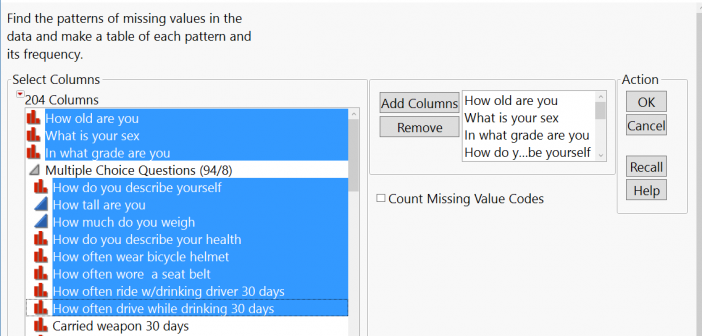
Datasets are rarely ready for analysis, and one of the most prevalent problems is missing data. This post is the first in a short series focusing on how to think about missingness, how JMP13 can help us determine the scope of missing data in a given table, and how to
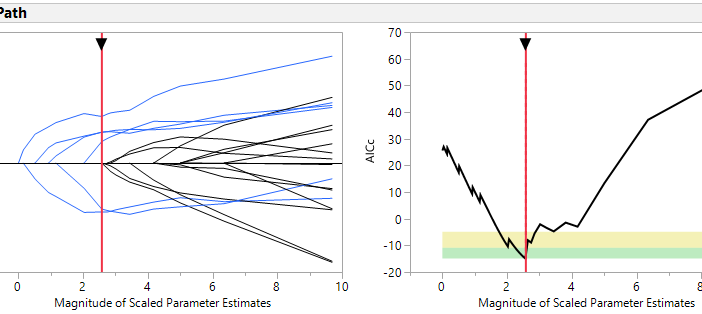
St. Louis Union Station welcomed its first passenger train on Sept. 2, 1894 at 1:45 pm and became one of the largest and busiest passenger rail terminals in the world. Back in those days, the North American railroads widely used a system called Timetable and Train Order Operation to establish
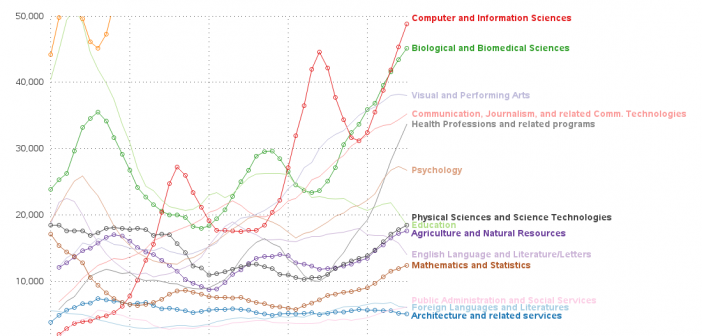
My previous blog post focused on a graph, showing the % of women earning STEM degrees in various fields. While that graph was was designed to answer a very specific question, let's now look at the data from a broader perspective. Let's look at the total number of STEM degrees
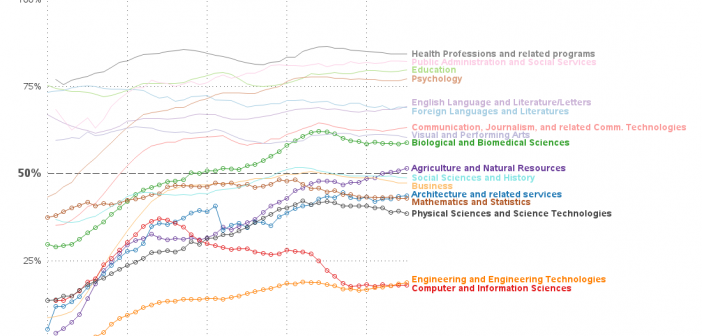
For the past several years, efforts have been under way to recruit more women into the STEM (science, technology, engineering, and math) fields. I recently saw an interesting graph showing the percentage of bachelor's degrees conferred to women in the US, and I wondered if I could tweak that graph
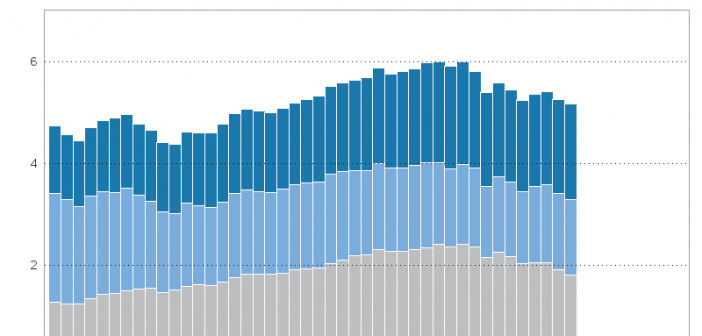
Carbon Dioxide ... CO2. Humans breathe out 2.3 pounds of it per day. It's also produced when we burn organic materials & fossil fuels (such as coal, oil, and natural gas). Plants use it for photosynthesis, which in turn produces oxygen. It is also a greenhouse gas, which many claim
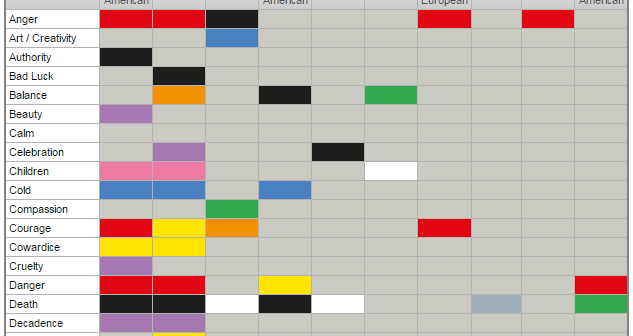
Choosing great colors for a graph is sometimes the most difficult part. And here is yet another thing you need to worry about ... sometimes colors represent different things in different cultures! In this blog post, I improve a graphic to help you get a grasp on those color-to-culture relationships.


